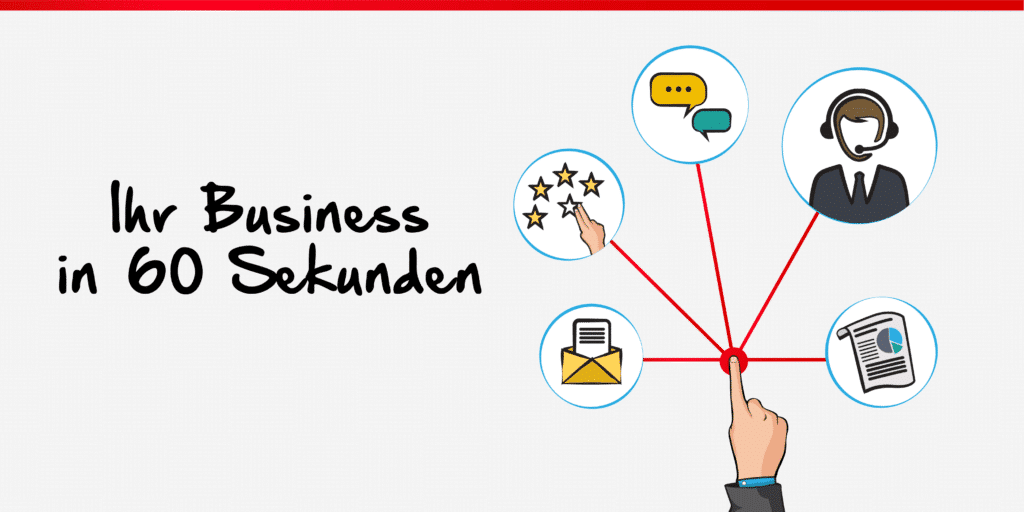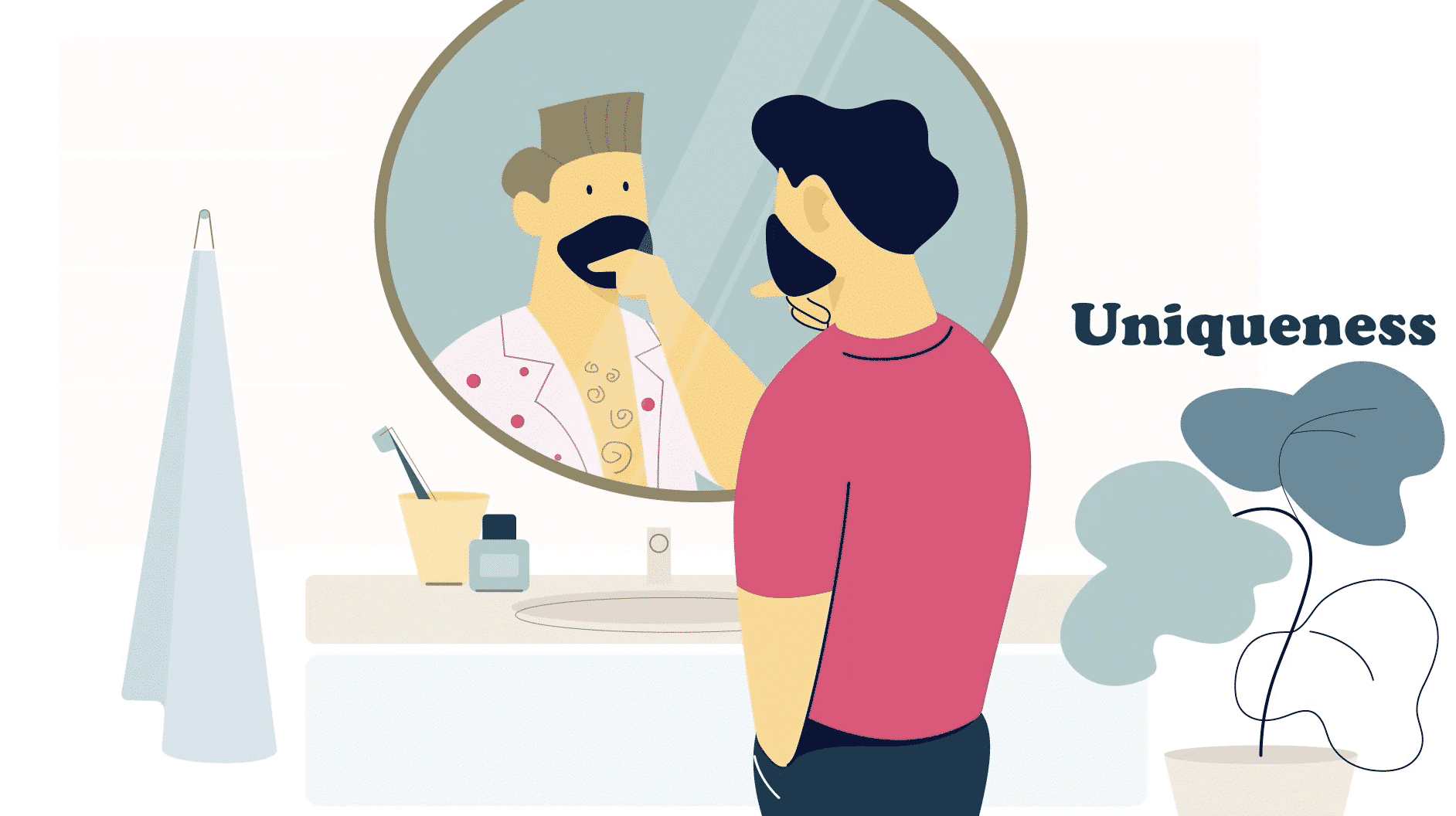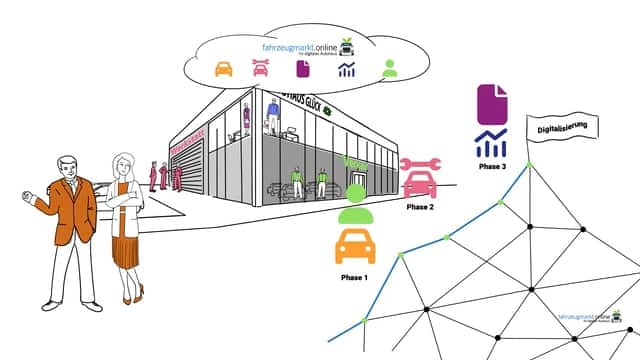Why is it important to be able to explain yourself in 60 seconds?
Well: you don’t want to waste your chance. Who knows if you will get a second one!
If you go into a long story, you will only be able to tell half of it, because the other person will soon stop listening.
Therefore, within 60 seconds you should be able to present yourself and your concern in such a way that the customer or interlocutor is either enthusiastic about your story or at least knows whether it interests him at all.
That’s why the first 60 seconds are important.
In the corporate world, we also talk about the so-called elevator pitch, originally a salesperson’s concept for salespeople, managers and bosses.
Imagine you meet your customer, investor or important business partner in the elevator and have 60 seconds to convince them for you, for your business idea or your product.
What would you tell?
It is precisely this short presentation that is trained behind the term Elevator Pitch: A short introduction, the arousal of enthusiasm and interest and the active call to action.
For whom is this type of short presentation interesting?
Theoretically for everyone. Whether you’re interviewing in person for a job, for salespeople, general managers, investor seekers or marketing executives.
However, it is particularly suitable in communication with:
1. trade fairs:
At trade fairs, you have to quickly address the walk-in audience and convince the customer.
2. telephone acquisition: Here it is even more difficult, because the counterpart does not see the face. Therefore, the first words and sentences are particularly important and should be well thought out.
3. explainer video:
To appeal to the masses on the Internet, you should manage to explain the company in 60 seconds.
4. startups:
Startups looking for investors must show that they are special and unique and can explain their idea in a nutshell.
Steps to the 60-second short presentation:
1. attract attention:
Describe in a few sentences (2-5 sentences) what you specifically do, offer or sell. Use – well formulated – only the strengths and customer benefits.
2. arouse interest: Arouse your counterpart’s personal interest by addressing his or her needs or problems and showing that you can meet his or her needs. Use only the USPs to convince him.
3. trigger desire:
Specifically state what the other person will get out of agreeing. What sets you apart from the other competitors? Make yourself specific and scarce!
4. appeal:
Use a call-to-action, a call to the customer to act: “Check out my website…”, “…buy the product right now”, “…try a trial version”, etc.
Tips for creating the presentation content:
1. the first moment counts:
Think of a good opening sentence that will allow you to hold your counterpart for the next 60 seconds in the first place. This can be a question, a thesis, a little joke or interesting facts – depending on the situation and the counterpart.
2. show enthusiasm:
Nothing is worse than listening to a boring presentation that doesn’t convey emotion. The fire should blaze in you, the enthusiasm should be visible in your eyes. You can reach out with joy and also gestures to infect your counterpart with your motivation.
3. remain authentic: Don’t tell them anything they can’t promise. Don’t put on a mask and sell yourself as someone you are not. You have something great to offer; do it as naturally and honestly as it is.
4. no monologues:
Use your 60 seconds to persuade your customer, but don’t miss the opportunity to let them have their say. Especially at the beginning of the conversation or at the end, it is suitable to ask a specific question in order to wrap your counterpart in an active conversation.
5. integrate facts: Many companies explain in detail what the company does, but do not state facts. Often facts help to convince customers rather than the description of the product in detail. For example: “Did you know that about 10,000 people die of cancer every year? With proper prevention through dietary XY, some risk can be avoided.”
6. active call: The last 2-3 sentences should be designed to call your counterpart to action through a call-to-action. Be it through the possibility to stay in contact with you or to test the product right away, to buy it, to go to the website or to get more information through videos and links. Just don’t let him leave without another link to you or your product.
Now write a short presentation together and try to build it up in 60 seconds in a short, crisp and appealing way.
You think you can’t cut your product because service and processes are too costly? You can!
Many successful deals have been closed because of the Elevator Pitch – many ideas were also more than ordinary.
Ready? And go!





